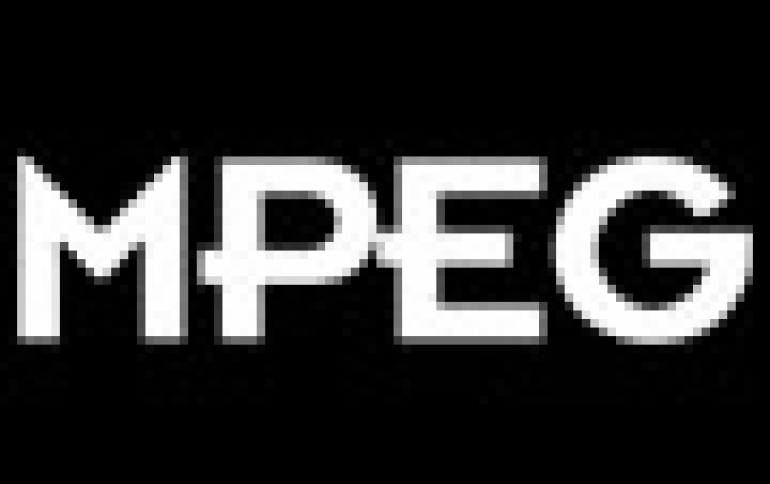
MPEG Issues New H.265 Video Compression Draft
The Moving Picture Experts Group (MPEG) has met to issue a draft international standard of a new video-compression format that is twice as efficient as current standards.
The meeting, held in Stockholm July 16-20, gathered almost 450 people from 26 countries representing the telecoms, computer, TV and consumer electronics industries to approve and issue a draft standard for High Efficiency Video Coding (HEVC). This format will enable compression levels roughly twice as high as the current H.264/AVC standard.
"There's a lot of industry interest in this because it means you can halve the bit rate and still achieve the same visual quality, or double the number of television channels with the same bandwidth, which will have an enormous impact on the industry," says Per Frojdh, Manager for Visual Technology at Ericsson Research, Group Function Technology, who organized the event as Chairman of the Swedish MPEG delegation.
The availability of a new compression format to reduce bandwidth, particularly in mobile networks where spectrum is expensive, paves the way for service providers to launch more video services with the currently available spectrum.
"Video accounts for the vast majority of all data sent over networks, and that proportion is increasing: by 2015, it is predicted to account for 90 percent of all network traffic," Frojdh says.
The HEVC/H.265 format supports maximum resolution of 7680 x 4320.
Another area where Frojdh?s Visual Technology team is working with MPEG is a new kind of 3D video compression format, which would enable a new standard for 3D video systems that would do away with 3D glasses. Frojdh says the technology could be standardized by 2014.
"Future 3D technology will have more advanced displays, which will enable different views," he says. "The simpler versions of this technology will still just offer the two views we have today - left and right - without the need for glasses. But in the future, there will be many views next to each other, so you will simply move your head to the left or the right to give you a stereo impression of an object."
"There's a lot of industry interest in this because it means you can halve the bit rate and still achieve the same visual quality, or double the number of television channels with the same bandwidth, which will have an enormous impact on the industry," says Per Frojdh, Manager for Visual Technology at Ericsson Research, Group Function Technology, who organized the event as Chairman of the Swedish MPEG delegation.
The availability of a new compression format to reduce bandwidth, particularly in mobile networks where spectrum is expensive, paves the way for service providers to launch more video services with the currently available spectrum.
"Video accounts for the vast majority of all data sent over networks, and that proportion is increasing: by 2015, it is predicted to account for 90 percent of all network traffic," Frojdh says.
The HEVC/H.265 format supports maximum resolution of 7680 x 4320.
Another area where Frojdh?s Visual Technology team is working with MPEG is a new kind of 3D video compression format, which would enable a new standard for 3D video systems that would do away with 3D glasses. Frojdh says the technology could be standardized by 2014.
"Future 3D technology will have more advanced displays, which will enable different views," he says. "The simpler versions of this technology will still just offer the two views we have today - left and right - without the need for glasses. But in the future, there will be many views next to each other, so you will simply move your head to the left or the right to give you a stereo impression of an object."














